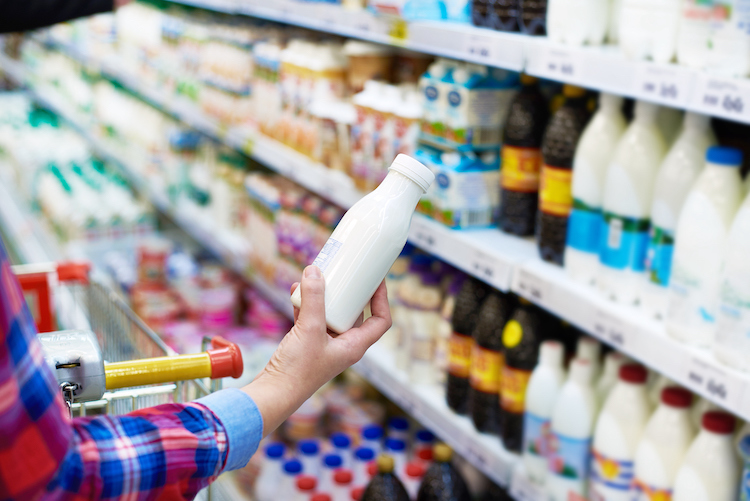
Striving to analyze and understand milk price changes, much less projecting future behavior, is an ever-changing exercise. Past research and economic theory can help one to get started, but the complexity and interaction of numerous contributing factors that keep anyone engaged in the effort can be a humbling exercise. The days when accurately predicting milk supplies allowed for the creation of a good estimate of milk prices are now a distant memory.
Those monitoring the dairy industry for a few decades have seen everything from U.S. milk supplies, changes in consumer demand, federal dairy policy, international market developments, and input costs all factor into the changes in milk prices. Still, at times, each one of these factors has taken a leading role in milk price movements. And as important as these factors are in projecting future milk prices, another variable has taken the leading role in recent years . . . total consumer household spending.
The combination of an infusion of cash into consumers’ pockets resulting from pandemic stimulus initiatives and the opportunity for consumers to have more places to spend that cash as pandemic restrictions were being lifted led to elevated levels of personal consumption spending for much of 2021 and 2022. In fact, these elevated spending levels have only recently begun to recede back to more historical levels.
While there is almost no correlation to be found between quarterly data for milk prices and a lagged personal consumption spending variable in recent decades, a very high correlation of 0.78 occurred from 2018 through the first quarter of 2023. And this is not just the case for dairy; movements in many meat prices also share a similar story.
Though the pattern of aggregate consumer spending will continue to play some part in milk price determination and could continue to be important over the next few months, consumer spending is expected to have reduced influence as we move farther away from pandemic-era conditions. And while the traditional economic factors of milk supply and domestic and international dairy product demand will always help shape milk prices, the question now becomes, “Will one of these traditional factors have a bigger influence than the others?” Alternatively, will another unexpected development be instrumental in determining milk prices over the next five years?
Though there are no easy answers to these questions, it is a good time to consider the complexity and volatility of milk prices as the debate around an adequate dairy safety net in the next farm bill continues.








